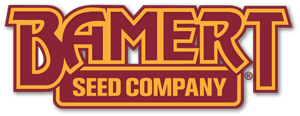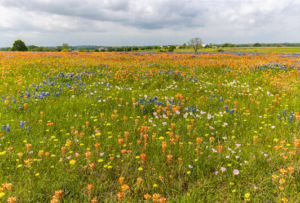Reclamation projects rely on little bluestem because it grows easily and takes hold in a variety of soil types. Little Bluestem’s Latin name is Schizachyrium scoparium. It is a member of the “big four” grasses. Recognized as the state grass of both Kansas and Nebraska, it is easy to spot in the pasture throughout the winter months when it takes on reddish-brown hues of dormancy.
Its leaves are flat and up to one-quarter inch wide and as long as 10 inches. Leaves dazzle with a blue-green color during the growing season. A native, warm-season, perennial tufted bunch grass, the mature height for Little Bluestem is about 2 to 4 feet tall.
You’ll find Little Bluestem thriving in the well-drained soils upon open prairies to rock outcrops. It is also the dominant forage of the True Prairie in Oklahoma. Some people mistakenly believe Little Bluestem is not good for grazing because they’ll continue to see stems sticking up across the prairie throughout the winter months. They are overlooking the fact that animals are actually consuming the leaves at the base of the plant. If these stems aren’t visible, it is a sure sign that the grass is being overgrazed.
Little Bluestem & Ecosystem Diversity
A lot of people call and ask for a diverse blend of native plants. When Bluestem is recommended, they think of it as a monoculture and tend to shy away from it. However, native Little Bluestem is an important part of the ecosystem people are often trying to restore. It’s that simple fact—that Little Bluestem will grow on everything from open prairies to rocky outcrops and germinate quickly—that makes it such a good option for a variety of products.
Bamert’s experts are always ready to help you navigate the best route to accomplishing the goals you have for your projects. We’re ready to talk to you about little bluestem and the varieties we’re proud to offer: Aldous, Cimarron, and OK Select. We’ll help you find the one that’s right for you.



